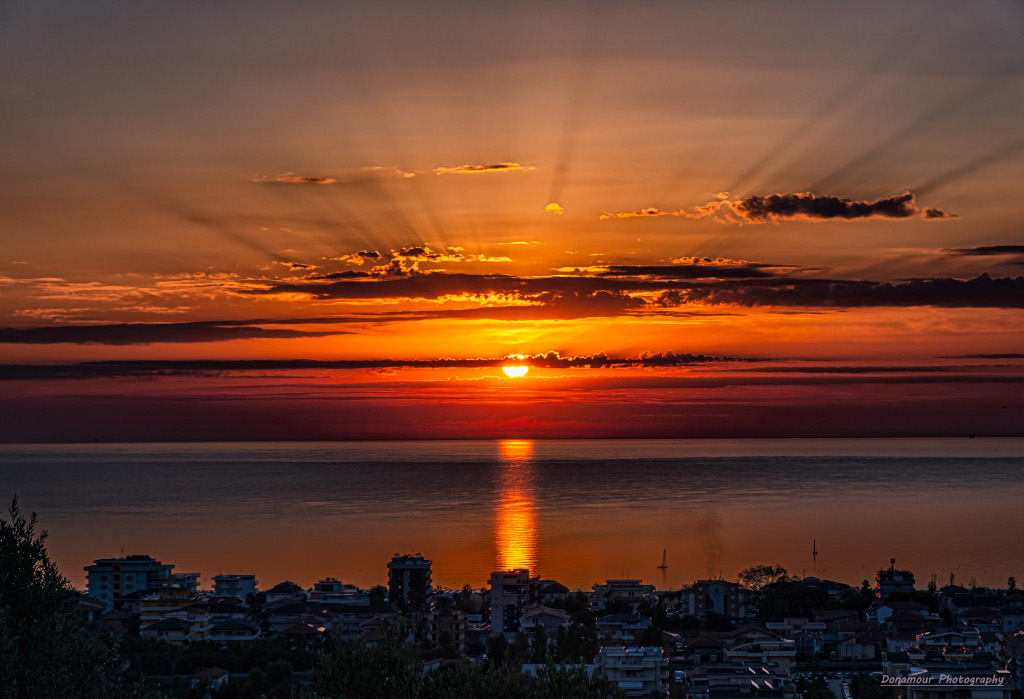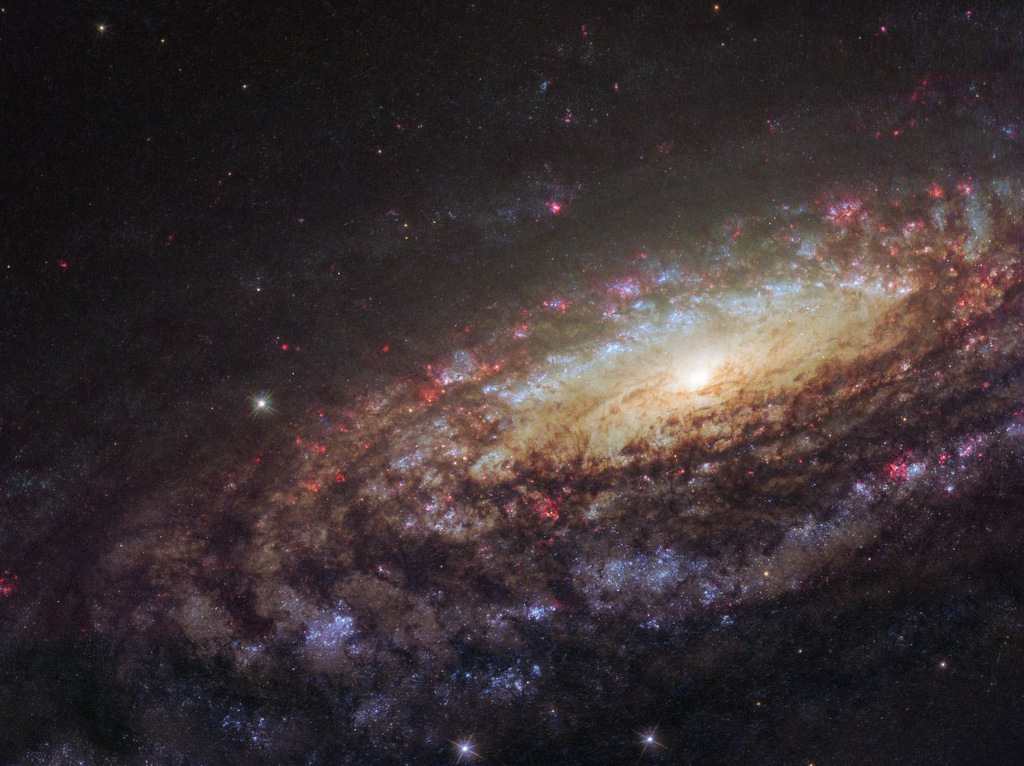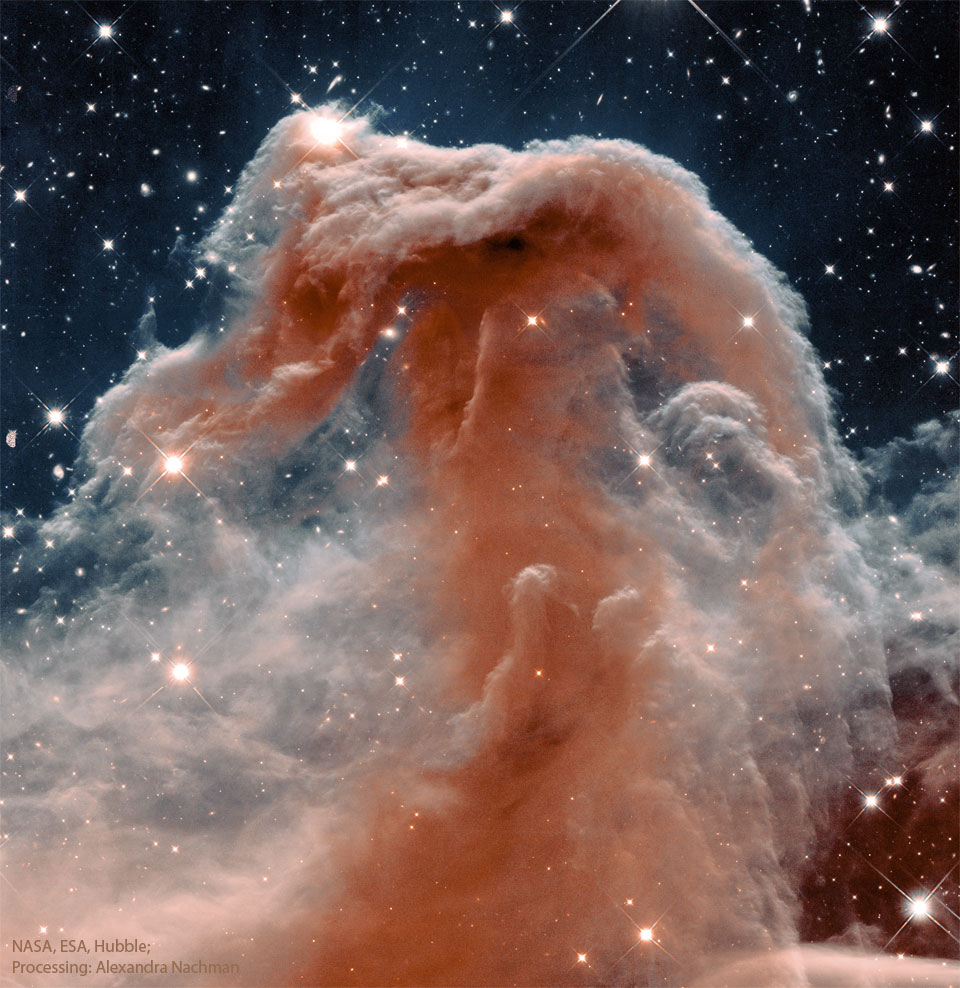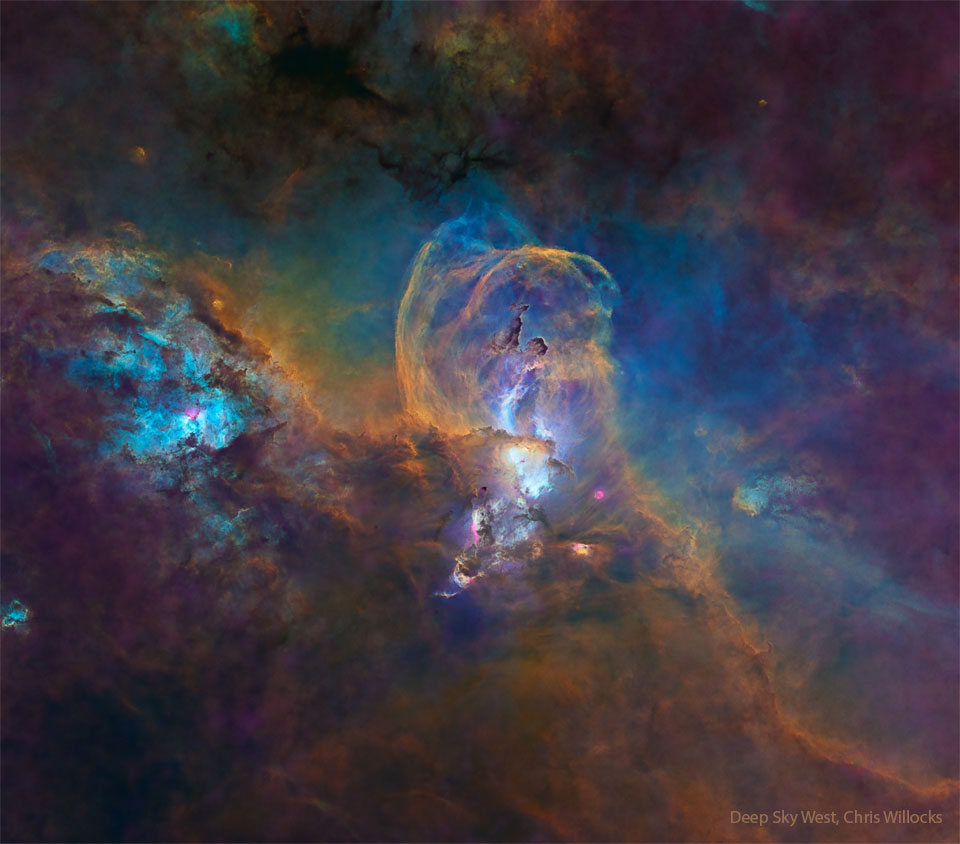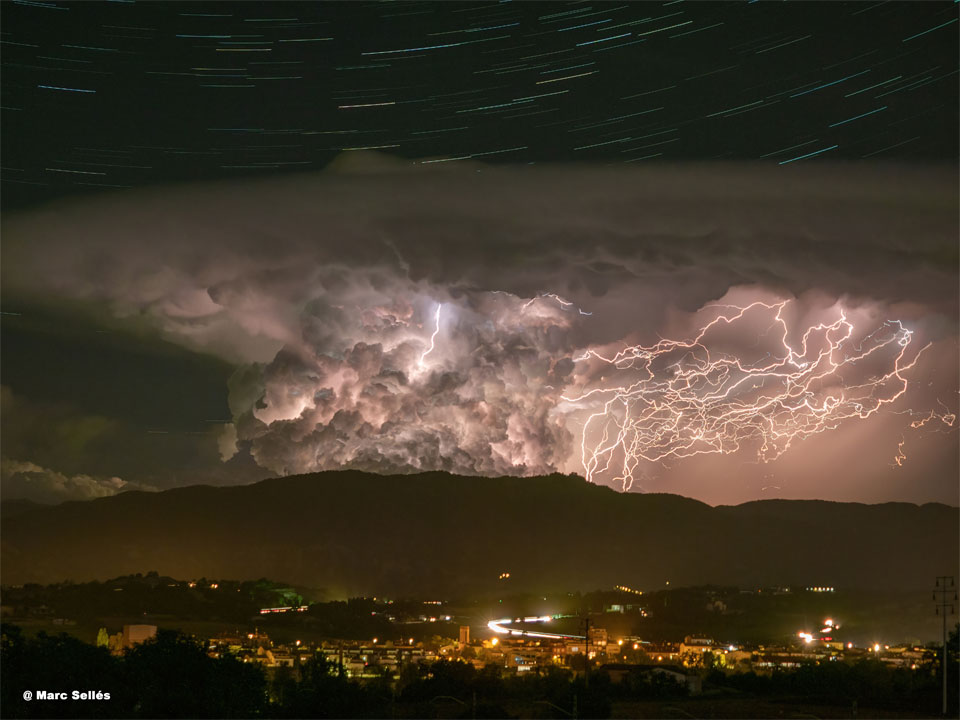地球所有的水
2022年9月26日 All the Water on Planet Earth Illustration Credit: Jack Cook, Adam Nieman, Woods Hole Oceanographic Institution; Data source: Igor Shiklomanov Explanation: How much of planet Earth is made of water? Very little, actually. Although oceans of water cover about 70 percent of Earth’s su […]



